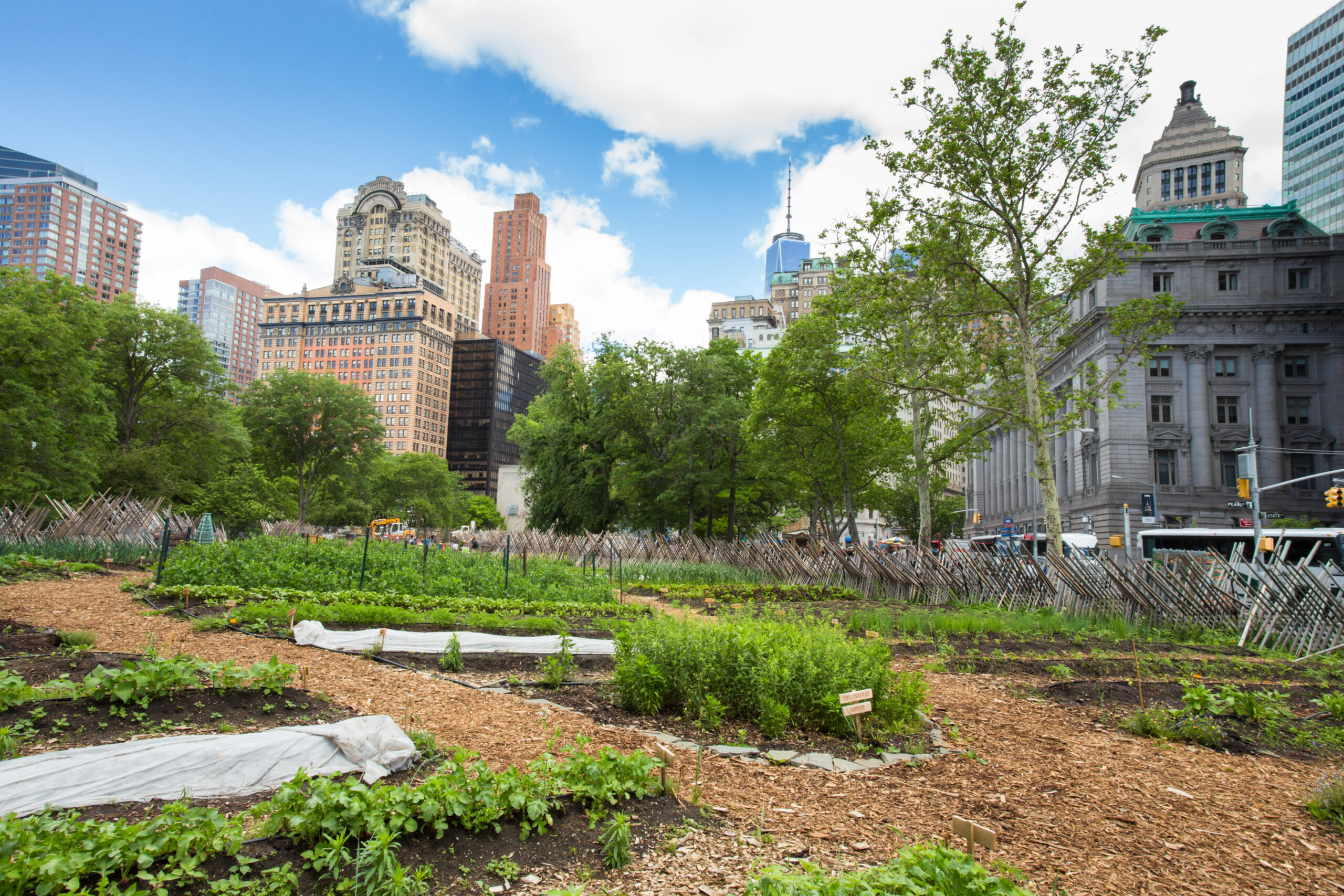City Blooming Can Be Fun For Everyone
City Blooming Can Be Fun For Everyone
Blog Article
Little Known Facts About City Blooming.
Table of ContentsCity Blooming Can Be Fun For EveryoneGet This Report about City BloomingFascination About City Blooming8 Easy Facts About City Blooming ShownRumored Buzz on City Blooming
Fascinated in growing food available in the City of Chicago? Believing about starting a community garden? Changes to the Chicago Zoning Regulation permit farming usages like area gardens and city farms in numerous parts of the city. Below is a checklist of regularly asked inquiries relating to the guidelines and guidelines that farmers must consider when intending a city farming job.
The zoning amendment does not modify any other codes managing composting, building permits, buying or renting City had residential property, organization licenses or environmental contamination. There are existing codes that regulate these issues and they stay in complete impact and may be relevant to your job. Area yards are usually possessed or handled by public entities, public organizations or community-based companies and kept by volunteers.
Urban farms grow food that is intended to be offered, either on a nonprofit or for-profit basis. Because of their business objective, urban ranches need a company license. Yes. An area garden is permitted to offer surplus produce that was expanded on website if the sales are accessory or subordinate to the garden's main function defined above.
Some Known Details About City Blooming
The quantity of garden compost material can not surpass 25 cubic lawns at any provided time according to the standards in 7-28-715 of the City's Municipal Code. Due to the fact that the soil at the majority of new yard websites requires modifying, compost, dirt, wood chips, or other products can be obtained to construct or improve the expanding room.

If a building permit is needed after that the hoophouse will certainly be taken into consideration an accessory structure. You can locate out more regarding the building authorization demands by calling the Division of Structures. The 25,000-square-foot size limitation is meant to stop a single community yard from dominating a given block or diminishing the block's existing residential or commercial character.
The limit does not relate to gardens situated in Public Open Area (POS) districts. Can there be greater than one area yard that is 25,000 square feet on a single block? Yes. The size limitation relates to specific yards, not to individual blocks. No. Secure fencing is not called for, nonetheless, yards that have large parking lot may be called for to mount fencing or various other landscape design features.
City Blooming - Truths
B1 & B2 districts need that all industrial usage activities be carried out inside. R districts limit industrial activity. The guidelines reflect the purpose and intent of the Zoning Code. Is fencing needed for city farms? Yes. Fences may be called for, along with landscape design and testing, for specific parking areas and outdoor work or storage locations relying on location and the details activity happening.
Urban ranches require structure licenses and zoning approvals prior to building (fruit and vegtables). Other types of city testimonial might be required depending on details structures, tasks, dimension, landscape design, licensing, public heath and stormwater management problems.
The Division of Company Affairs and Consumer Protection can help determine the specific type of organization certificate that's needed. Off street parking is needed for most commercial jobs in Chicago. The required number of auto parking rooms is based on the number of staff members functioning on website and not the square footage of the growing space.
The City Blooming Diaries

A metropolitan farm can offer garden compost material created on website, nonetheless, the operation must conform with the policies in 7-28-715 of the Chicago Municipal Code. Aquaponic systems are allowed inside your home on urban ranches in numerous zoning districts.
Up to 5 hives or swarms of honey may be kept as an accessory use. Beekeepers should sign up with the Illinois Department of Agriculture. To find out more concerning the proposed zoning change you might speak to the Division of Real Estate and Economic Growth, Bureau of Planning and Zoning at 312.744.8563.
Farming in cities and urban locations A metropolitan ranch in Chicago. Urban agriculture describes numerous methods of cultivating. https://www.intensedebate.com/people/cityblooming1, processing, and distributing food in city locations. The term likewise puts on the location useful source activities of animal husbandry, aquaculture, beekeeping, and cultivation in a metropolitan context. Urban agriculture is differentiated from peri-urban agriculture, which takes place in rural areas at the side of suburban areas.
Some Known Questions About City Blooming.
, that look for to develop social networks founded on a common values of nature and area holism. These networks can develop by method of formal institutional support, coming to be incorporated into local town planning as a "shift community" activity for lasting metropolitan growth.
In either case, the extra straight access to fresh veggie, fruit, and meat items that might be understood through city agriculture can improve food safety and security and food safety while reducing food miles, causing lower greenhouse gas discharges, consequently adding to climate adjustment reduction. Several of the very first proof of urban agriculture originates from Mesopotamia.
Report this page